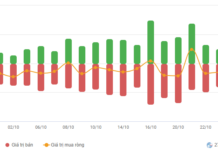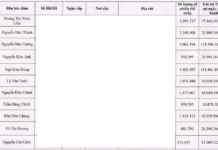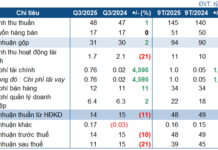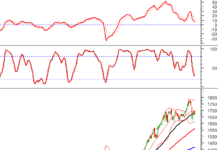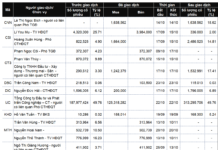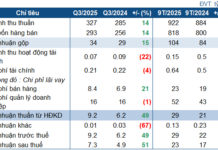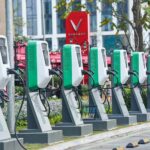
Hanoi Moïi newspaper, citing the Hanoi Capital Master Plan, reports that Hanoi is envisioned to become a modern regional and international hub for trade and services.
Trade, logistics, finance, urban services, public services, and a vibrant night-time economy are all part of the plan, which aims to promote sustainable tourism development and increase competitiveness through the use of modern technology.
The master plan also emphasizes the importance of connecting Hanoi’s commercial and service activities with those of other regions in Vietnam through economic corridors and belts.
As part of this vision, the plan calls for the development of comprehensive and modern financial, banking, and insurance services, as well as the establishment of a domestic and international commodity trading center. This will be supported by a high-speed, secure information technology infrastructure, a robust digital ecosystem, multi-modal connectivity, cashless payments, and smart financial services.

One of the specific orientations is to develop a financial and banking center in the Hoan Kiem district. After 2030, an additional complex of international financial, banking, commercial, and service centers will be established along the Nhat Tan – Noi Bai axis.
Hoan Kiem District is located in the north of Hanoi, bordering Ba Dinh District, with Hang Dau Street forming the boundary. It is bounded on the east by the Red River, including the outer dike area from Phuc Tan – Long Bien Market to Van Kiep Street. The district’s southern boundary is defined by Han Thuyen Street, Le Van Hieu Street, and Nguyen Du Street, which separate it from Hai Ba Trung District. To the west, it borders Ba Dinh and Dong Da districts, with Ly Nam De Street and the Hanoi Railway Station area serving as dividers.
Despite its modest size of only 5.29 square kilometers (smaller than West Lake’s 5.3 square kilometers), Hoan Kiem is a bustling, developed, and expensive area in the capital. It serves as the city’s administrative, economic, and cultural center, with important transportation hubs for rail, water, and road transport. It is also the site of significant political and cultural events for both the capital and the country.

The district is also home to numerous historical sites and intangible cultural heritage associated with the thousand-year history of Thang Long – Hanoi, attracting both domestic and international tourists.
In recent years, Hoan Kiem District’s economy has grown steadily and sustainably, with a shift towards increasing the proportion of services, trade, and tourism (in 2019, this sector accounted for more than 98% of the district’s economy). The district has consistently exceeded Hanoi’s annual state budget revenue plans. In 2021, Hoan Kiem ranked second among the city’s districts and counties in state budget revenue, collecting VND 14,008 billion. In 2022, the district’s total state budget revenue reached VND 14,732 billion, exceeding the estimate by 131% and representing a 5.2% increase compared to the previous year.
In 2024: Hoan Kiem District’s state budget revenue reaches nearly VND 22,000 billion
In 2023, Hoan Kiem District was considered for merger due to not meeting the criteria for area size. However, the Hanoi People’s Committee provided several reasons why the district should not be merged, including its status as the administrative, political, economic, and cultural center of Hanoi.
The district has a stable administrative boundary that was established before 1945 and has a rich historical and cultural tradition… associated with the history of the formation of Dai La, Thang Long, and Dong Do.
The planning around Hoan Kiem Lake is a unique entity that inherits history, culture, and architecture. It is divided into three main areas: the Old Quarter, the Ho Guom and its vicinity, and the Old Street, retaining its stable form from 1990 to the present.

In recent years, Hoan Kiem District’s economy has consistently achieved high and sustainable growth, with a focus on trade, tourism, and services. In 2024, the district achieved 17 out of 18 targets set by the District People’s Council, including exceeding 8 targets. State budget revenue collection has been successful. The total state budget revenue in the district is estimated at VND 21,845 billion, reaching 117.1% of the estimate and 133.48% compared to the same period last year. Of this, the district’s budget revenue is estimated at VND 2,296.21 billion, equivalent to 151.2% of the city’s assigned estimate and 110.5% of the district’s assigned estimate.
For 2025, Vu Dang Dinh, Secretary of the District Party Committee and Chairman of the District People’s Council, stated that the district will continue to significantly improve the business and investment environment. They will implement comprehensive solutions to develop trade and services, promote and develop tourism, and encourage the development of craft streets while enhancing quality and efficiency. The district aims to exceed the state budget revenue target for 2025.

